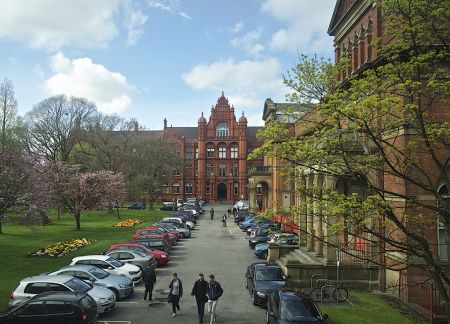
Rainforest regeneration rescues bat communities in aftermath of fragmentation
Wednesday 28 February 2018
RAINFOREST loss is fueling a tsunami of tropical species extinctions. However, not all is doom and gloom. A new study, conducted in the Brazilian Amazon, suggests that ecological cataclysms prompted by the fragmentation of the forest can be reverted by the regeneration of secondary forests, offering a beacon of hope for tropical forest biodiversity across the world.
The international team of researchers found that species strongly associated with primary forest were heavily depleted 15 years after the man-made isolation of forest fragments.
However, 30 years down the line, and with the regeneration of secondary regrowth, many of the species that had abandoned the area had made a comeback.
“If you compare the time periods, it is apparent that taking a long-term view is paramount to uncovering the complexity of biodiversity changes in human-modified landscapes,” said senior researcher Dr Christoph Meyer, lecturer in global ecology and conservation in the School of Environment and Life Sciences at the University of Salford.
Bats, beetles and birds
The study, published today in Nature: Scientific Reports, measured the impacts of forest break-up on 50 species of bat (approx. 6,000 animals).
Bats comprise roughly one fifth of all mammal species worldwide and the Amazon is the epicentre of their diversity. They display wide variation in foraging behaviour and habitat use, making them an excellent model group for the research.
“The responses exhibited by bats offer important insights into the responses of other taxonomic groups.” says Dr Ricardo Rocha, lead author of the study from the University of Lisbon.
“The recovery that we have documented mirrors the patterns observed for beetle and bird communities within our study area.
Long-term view
“These parallel trends reinforce the idea that the benefits of forest regeneration are widespread, and suggest that habitat restoration can ameliorate some of the harm inflicted by humans on tropical wildlife”, he adds.
The results of the current study contrast with the catastrophic faunal declines observed during a similar time window in rodent communities in the ‘forest islands’ of the Chiew Larn reservoir in Thailand.
“The recovery observed was mostly due to the recolonization of previously deforested areas and forest fragments by old-growth specialist bats. This recolonization is likely attributable to an increased diversity and abundance of food resources in areas now occupied by secondary forest, fulfilling the energetic requirements of a larger set of species”, explains Rocha.
However, the short-term nature of most studies has substantially impaired the capacity of researchers to properly capture the intricate time-related complexities associated with the effects of forest fragmentation on wildlife.
The study was conducted at the Biological Dynamics of Forest Fragments Project, jointly run by the Smithsonian Institute and the Brazilian Institute for Research in the Amazon.
Find out more
Gareth Hollyman, Senior Press & PR Officer (Science)
0161 295 6895 g.b.hollyman@salford.ac.uk





